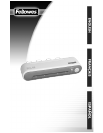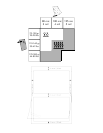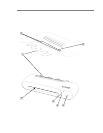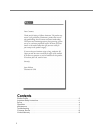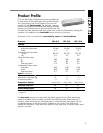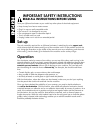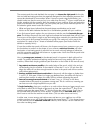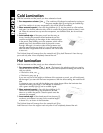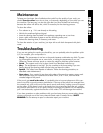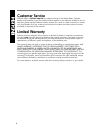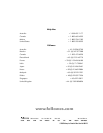
4
IMPORTANT SAFETY INSTRUCTIONS
READ ALL INSTRUCTIONS BEFORE USING
Treat your @Home laminator as you would any other piece of electrical equipment:
• Keep it away from heat or water sources
• Plug it in near an easily accessible outlet
• Do not use if it is damaged in any way
• Do not attempt to open or otherwise repair it
• Turn it off after each use, and
• Unplug it when not in use for an extended period.
S e t- u p
The only assembly required for an @Home laminator is attaching the wire
support rack
,
which ensures that the sheets coming out of the machine cool in a flat position and do not
curl. Using the illustration on the inside of the manual cover as a reference, push the ends
of the rack
ቢ
into the holes
ባ
in the back of the machine as far as they will go.
O p e r a t i o n
Your laminator works by means of two rollers, one on top of the other, each turning in the
opposite direction to draw a plastic, open-sided pouch coated with adhesives through them
and out of the machine. Understanding this simple mechanism will help you decide what
materials you can laminate
without risk of damage to your machine. You can feel confi-
dent laminating all materials that are
flat and dry
, for example, but should avoid those
that:
• Contain liquids, gels, or even moisture, that could escape
• May crumble or otherwise disperse under pressure, or
• Are likely to break, as could glass or rigid metals and plastics.
With hot lamination, where the rollers are also heated, make sure you don’t put anything
into the pouch that could melt and leak into the machine.
Once you have checked the suitability of your contents, you need to decide whether to
use
cold or hot lamination
. Cold lamination, also called self-adhesive lamination, bonds
materials between an adhesive and a non-adhesive sheet solely by means of pressure. As a
result, this method tends not to produce as tight a seal against water and the elements as
hot lamination, but can be useful for heat-sensitive materials, such as thermal paper or
fragile documents. While the cold method used to be the only good way to laminate photo-
graphs, today’s heated-roller technology enables you to achieve excellent results and is
therefore probably the better choice.



